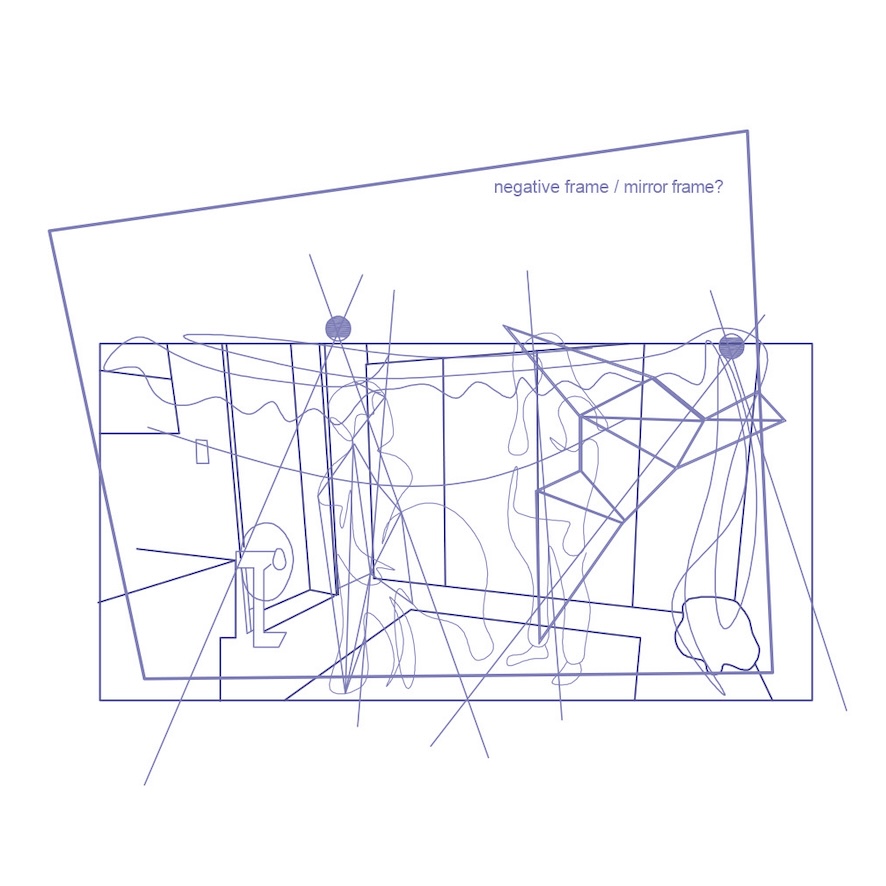Relocating Subjectivities
An Inquiry into the Filmic Space of Moving On (2019)
Abstract
This article explores intersection of filmic space, embodied subjectivities, and relocation within the context of the 2019 South Korean film "Moving On". Through conceptual drawings and a post-structuralist feminist lens, the study examines how the cinematic experience intertwines with the mental and physical spaces of its characters, director, and audience. The creative analysis seeks to unfold the complexities of spatial subjectivities by adopting the perspective of both spectator and researcher. Drawing inspiration from feminist thinkers like Elizabeth Gròzs and Rosi Braidotti, the research explores virtuality not solely as a technological concept but as a realm of imaginative and creative activity. Braidotti's notion of nomadic subjectivity, characterized by fluidity, creativity, and resistance to fixation, serves as a guiding framework for understanding the dynamic spatial experiences perceived through the film. The article challenges normative assumptions in architectural theory, suggesting a reframing through the lens of nomadic subjectivity. By considering filmic space as a virtual construct influenced by the subjective perceptions of individuals, the study aims to provoke new questions about the nature of spatial experience and its relationship to identity and perception. Through an interdisciplinary approach drawing from feminist film theory and architectural research, this article offers a nuanced exploration of the interplay between physical and mental spaces within the context of relocation. It concludes with a spatial reconstruction of select sequences from "Moving On," illuminating the peculiar ways in which filmic narratives shape and reflect subjective understandings of space.
Downloads

Downloads
Published
How to Cite
Issue
Section
License
Copyright (c) 2024 Hilal Menlioglu, Aslihan Senel

This work is licensed under a Creative Commons Attribution 4.0 International License.
The authors keep their rights upon their work, although they transfer, in a non-exclusive way, the rights of exploitation (reproduction, publication, distribution, public dissemination and presentation) to the Journal. The authors are, therefore, free to enter additional, separate contracts for the non-exclusive distribution of the version of the work published in the Journal (for instance, by hosting in an institutional repository or publication in a book), provided credit is given that the work was initially published in this journal. The works are published under a Creative Commons Attribution 4.0 (CC BY 4.0) license.











